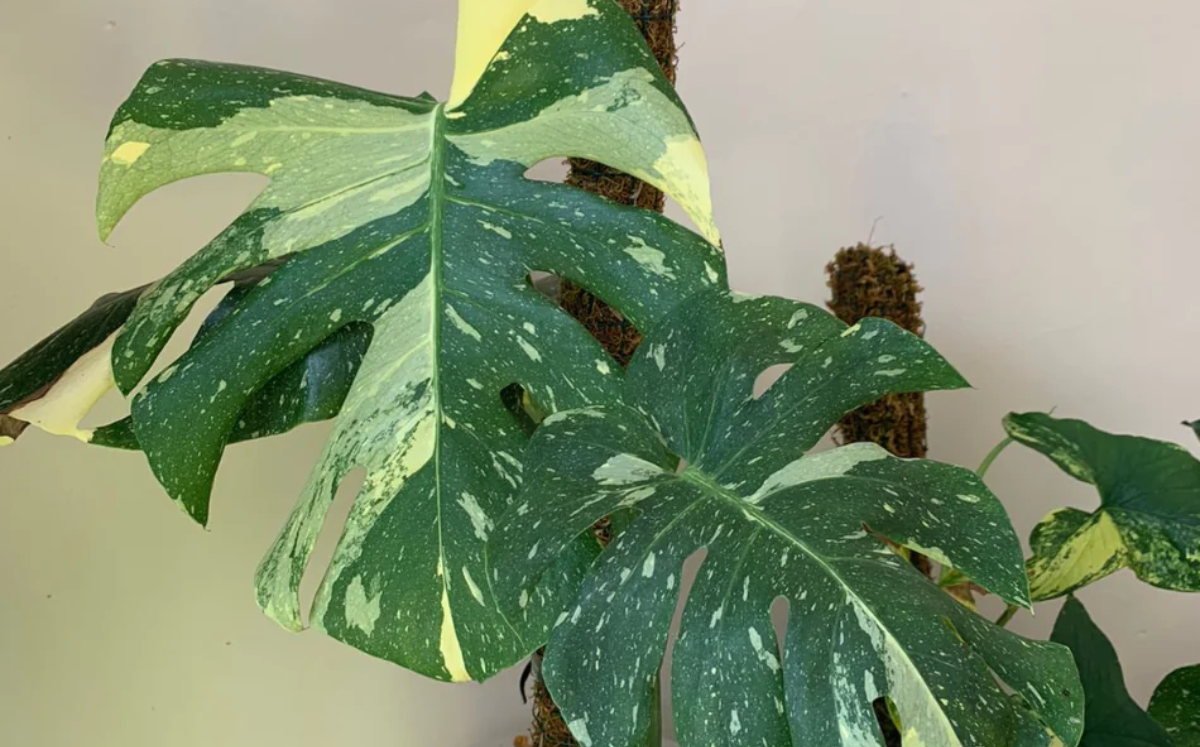There's no getting around botanical plant names: the scientific names for plants were developed by the botanist Carl von Linné (1707-1778). Because he wanted to ensure a uniform classification of plants worldwide. He classified plants into a system based on their characteristics. Today, the International Code of Botanical Nomenclature (ICBN) defines the binding and unique names for all known plants. This means that plant lovers, gardeners and botanists use the same plant names! Learn everything about naming your favorite houseplants here.
What is the so-called binary nomenclature?
Botanical plant names consist of a combination of scientific names: Latin or Greek. The process of naming plants is called plant nomenclature. Binary because a plant name always consists of two parts - first and last name, so to speak. This is different than the German names.
Naming plants: This is how the botanical name is made up
Each plant is assigned at least two names: The first part of the name is the genus name, which indicates the name of the genus to which the plant belongs. It is always capitalized. For example , Monstera is the genus name for the window leaf.

The second part of the name refers to the species in question and is usually written in lower case. Plant names provide information about various characteristics of the plant, its discoverer, its location or other characteristic properties. For example, Monstera deliciosa , which is due to its delicious fruit.
The different variety names, which arise through breeding, for example, are noted with single quotation marks after them. For example , Monstera deliciosa 'Thai constellation' .

Naming explained
Varieties, forms, subspecies and hybrids of different genera are finally appended to the name and marked with various abbreviations in the name. The entire name is written in italics to distinguish it from other names. A hybrid, i.e. a cross, is marked with an x, for example. This is not written in italics!
In botany, other taxonomic categories such as family, order, class and division are placed above the botanical name. There are also Latin-based names for them that are internationally valid. This hierarchy allows plants to be embedded into a larger system and their relationships to other species to be determined.
Read botanical plant names and determine the color of the plant
Watch out! Because many plants use their name to reveal information about the color of the leaves or flowers. Look for the following words at the end of the name to learn more about your houseplant:
- variegata = colorful
- album = white
- argenteum = silvery
- aureum = golden
- rubra = red
- rosea = pink

Why is the botanical name so important?
Botanical nomenclature is a common language used by scientists and plant lovers around the world to uniquely identify plants and share information about them.
Names of plants may change
As scientists continue to discover new plant species and the development of existing species continues, existing plant names may change. This makes an existing, precise classification possible.
Scientists originally classified plants based on their external characteristics. But modern genetic analyzes revealed that some supposedly related plants belong to different genera, while others are actually more closely related than previously thought. Therefore, plants are reclassified and given new botanical names. The old ones become invalid and are considered synonyms. You can recognize it because the name has the abbreviation syn . contains.

If you love plants, remember to fertilize them regularly! The FARBIO® NPK organic liquid fertilizer for green plants is very suitable for supplying your plants with the essential nutrients and thus helping them to grow healthily in the long term.















